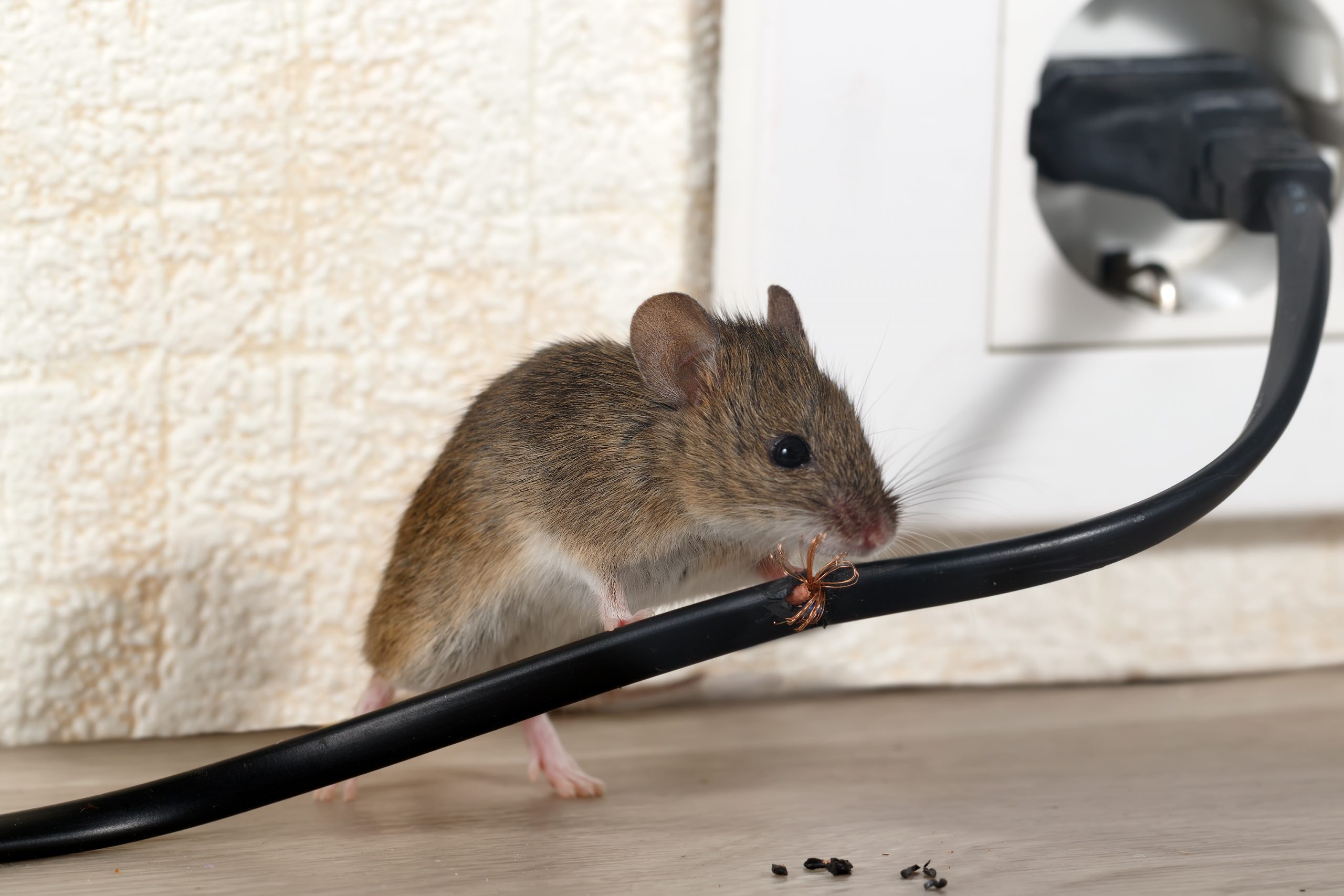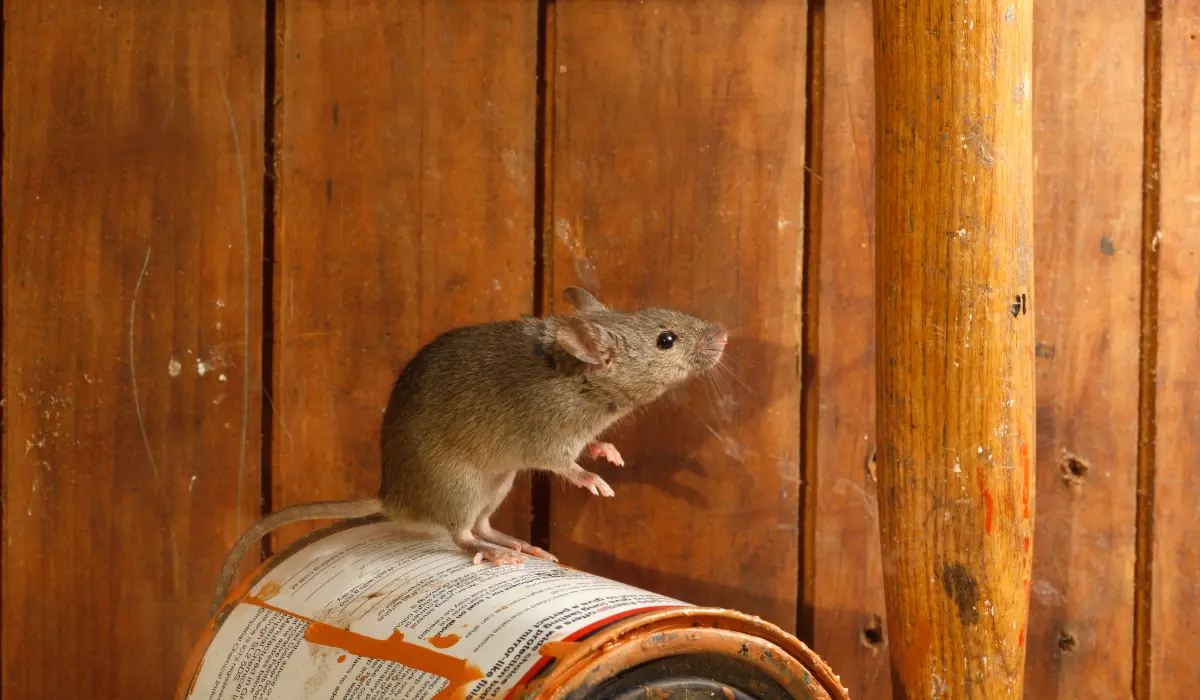Mice Treatments in Florida:
Exterminator Services for Boca Raton, Deerfield Beach, and Delray Beach
Florida’s warm temperatures, gentle winters, and abundant greenery draw people from across the country—yet these enticing elements also appeal to rodents, notably mice. As opportunistic creatures, mice readily adapt to subtropical climates, seeking out comfortable shelters and easy food sources in both residential and commercial settings. For property owners in Boca Raton, Deerfield Beach, and Delray Beach, a sudden mouse sighting can quickly escalate into a full-blown infestation if not dealt with swiftly. This service page explores why mice thrive in Florida, how to identify an infestation, and the measures a professional mice exterminator uses to halt and prevent further rodent incursions.
Florida’s Environment and Mice Infestations

- Mild Winters
In northern states, sub-freezing winters significantly reduce rodent activity, compelling mice to curtail breeding. Florida’s mild cold snaps rarely force mice into dormancy. They can continue feeding and reproducing nearly all year, granting infestations the chance to grow with minimal natural interruption. - High Humidity and Frequent Rainfall
Warm, rainy conditions encourage dense vegetation, giving mice cover and diverse nesting sites—like beneath thick shrubbery, in gardens, or near poorly sealed crawl spaces. The humidity also helps mice maintain hydration, lessening the hardships they might face in drier environments. When heavy rain floods natural habitats, mice migrate to higher, drier spots—in many cases, human dwellings. - Abundant Food Options
Mice can consume a variety of foods, from household leftovers to seeds, pet food, or garden produce. Improperly stored pantry items, unsecured garbage bins, and scattered debris provide an ongoing feast that entices rodents to stay close. In places like Boca Raton and Delray Beach, with numerous restaurants, outdoor dining spots, and suburban developments, mice often find plenty of scraps to scavenge. - Minimal Seasonal Dormancy
Because Florida’s climate seldom brings long, cold winters, mice do not experience a dormant period that significantly slows their reproductive cycle. Once settled indoors, they face few temperature extremes, enabling them to produce multiple litters annually. A pair of mice can spawn dozens of offspring in a matter of months if left uncontrolled. - Growing Urban and Suburban Areas
From Boca Raton’s upscale neighborhoods to the vibrant communities of Deerfield Beach and Delray Beach, Florida sees consistent development, with new homes and businesses springing up. Construction sometimes disrupts existing rodent habitats, nudging mice to relocate into fresh structures. Additionally, older buildings with small gaps or cracks serve as easy entry points for roaming mice in search of shelter and sustenance.
Telltale Signs of a Mice Infestation
- Droppings
Mouse droppings are tiny, cylindrical pellets often found in kitchen drawers, behind appliances, or along baseboards. Fresh droppings appear darker and somewhat shiny, while older ones look grayish or dusty. Spotting clusters typically indicates active traffic in that area. - Nocturnal Noises
Mice tend to be most active during the night. If you hear scurrying, squeaking, or scratching behind walls, in attics, or under floors, a rodent problem is likely brewing. Carefully noting the time and location of these sounds can guide an exterminator to nesting spots. - Gnaw Marks
Mice must chew constantly to wear down their incisors. Holes in cereal boxes, shredded corners of paper products, or bite marks on plastic bags signal a feeding site. Some mice also gnaw on wood or wiring, posing potential fire hazards if they damage electrical lines. - Nests and Trails
Rodents build nests from shredded paper, insulation, fabric, or other soft materials. Unused corners of closets, attics, basements, or even the underside of furniture can conceal these small nests. Trails often become apparent as smudges along frequent pathways, where mouse fur and body oils leave subtle marks on walls or floors. - Unusual Pet Behavior
Cats and dogs might sniff or scratch persistently at cabinets, walls, or beneath furniture where rodents hide. If your pet fixates on a seemingly random spot, investigate carefully for signs of mice.
Why Mice Removal Is Urgent
- Health Risks
Mice can transmit diseases via droppings, urine, and parasites they carry, such as fleas or ticks. Contaminated food or surfaces raise the risk of harmful bacteria spreading. Over time, living among rodents may increase respiratory concerns for those with allergies or asthma. - Rapid Reproduction
With favorable climate conditions and a steady diet, mice reproduce swiftly. A single breeding pair can multiply into dozens of mice, intensifying the problem and extending infestations into new areas of a building. - Property Damage
Chewed wires, shredded insulation, and gnawed furniture can all result from mice. Beyond structural harm, wiring damage can lead to short circuits or elevated fire risks. When rodents decide to nest in large appliances or vehicles, repair costs can mount swiftly.
Constant Stress and Disruption
Hearing scratching at night or finding droppings in drawers undermines peace of mind. Many residents end up storing food differently or limiting certain home areas out of anxiety. Dealing with an entrenched infestation can feel overwhelming if not addressed immediately.

Our Mice Exterminator Approach
- Inspection and Assessment
Effective mice treatments start with a comprehensive inspection by an experienced exterminator. Checking basements, attics, garages, and hidden interior voids reveals nesting grounds. Identifying mice species—house mice or field mice—can shape subsequent steps. By pinpointing entry points, technicians gain insight into how rodents move through the property. - Sealing Entry Points
Because mice can squeeze through gaps as small as a dime, blocking these breaches is essential. The exterminator may use materials such as steel wool, caulk, or metal flashing around plumbing lines, door thresholds, and cracks in foundations. Sealing these openings ensures that once mice are removed, new ones cannot easily infiltrate. - Setting Traps and Bait Stations
Various trapping methods—snap traps, multi-catch traps, live-catch devices—are strategically placed along paths mice frequent. Bait stations containing rodenticide may be deployed in secure locations inaccessible to pets or children. By positioning stations near known harborage sites, the exterminator ensures that rodents encounter them promptly. - Targeted Product Applications
If needed, specialized products are discreetly applied in voids or along baseboards. The goal is to minimize potential exposures while ensuring that mice traveling their usual routes come into contact with them. Treatments remain focused on high-activity zones for maximum impact. - Sanitation and Cleanup
Eliminating readily available food or water sources is crucial. Residents might be advised to promptly seal pantry goods, store pet food in airtight containers, empty garbage more frequently, or fix minor plumbing leaks. Cleaning up droppings and disinfecting rodent nesting spots further reduces contamination and any lingering odor that might attract new mice. - Follow-Up Visits
Because of Florida’s conducive conditions, re-checking after initial removal is wise. Additional traps or modifications might be needed if residual or newly arrived mice appear. Ensuring no pregnant females or overlooked juveniles remain is critical to preventing a renewed outbreak.
Service Areas: Boca Raton, Deerfield Beach, and Delray Beach
We offer mice treatments throughout Boca Raton, Deerfield Beach, and Delray Beach. Each locality experiences Florida’s subtropical environment, which fosters year-round rodent activity, especially in densely populated neighborhoods or near natural habitats.
- Boca Raton: Known for its elegant homes and busy downtown, Boca Raton merges green spaces with urban convenience—conditions that can attract rodents if not monitored consistently.
- Deerfield Beach: With easy access to coastal areas, businesses, and residencies see an influx of visitors. Food leftovers or open refuse can lure mice from outside to inside.
- Delray Beach: Vibrant nightlife, dining scenes, and numerous rentals underscore the importance of thorough rodent control. Regular turnover of tenants or guests can inadvertently spread rodent issues if no consistent pest management is in place.
Swift, effective removal not only preserves comfort but also protects local property values and reputations—pivotal for areas driven by tourism and residential pride.

Why Rely on Professional Mice Treatments
- Expert Knowledge of Florida’s Environment
Temperatures rarely force rodents into dormancy here, requiring year-long vigilance. A local mice exterminator understands the region’s rodent behaviors, typical breeding cycles, and hideouts, making them well-versed in Florida-specific approaches. - Tailored, Efficient Solutions
One-size-fits-all products or methods often yield patchy results. Skilled technicians perform inspections and place traps or baits in ways that match the property’s unique layout. This approach locks onto rodent hotspots, minimizing guesswork and ensuring thorough coverage. - Safe, Precise Techniques
Mice treatments require careful product placement—particularly if children or pets reside on the premises. Professionals use tamper-resistant bait stations and selective application methods, reducing unintended exposures while targeting rodents exactly where they lurk. - Sealing and Prevention
Simply eliminating current mice does little if new ones can slip right back in. By closing up holes, reinforcing doors, and educating residents on best cleaning practices, professionals address the root causes. This integrated approach curtails future infestations. - Long-Term Follow-Up
In Florida’s climate, rodents can return swiftly if conditions revert to being favorable—unsealed trash, open yard debris, or leftover pet food. Regular re-checks catch any new signs of mouse activity, ensuring that once a property is clear, it stays that way.
Next Steps
If you spot droppings, holes gnawed in food packaging, or squeaking behind walls around Boca Raton, Deerfield Beach, or Delray Beach, do not delay. Contact us to learn more or schedule your service. A professional mice exterminator can pinpoint entry points, gauge the extent of infestation, and implement a strategy that genuinely ends rodent intrusions.
Thorough rodent control spares you from ongoing stress, protects health by limiting exposure to droppings or parasites, and preserves structural integrity against chewing damage. Acting sooner rather than later often means the difference between a minor annoyance and a severe infestation requiring extensive remediation.
Keeping Mice Out in Florida’s Mild Climate
Sustaining a rodent-free environment in Florida—where mild temperatures, humidity, and abundant vegetation favor rodent survival—necessitates proactive measures. Even if extermination clears out active mice, new individuals from nearby parks, yards, or neighboring properties can try to migrate in. Steps like sealing potential openings, storing food in airtight containers, and promptly addressing yard waste or standing water discourage mice from setting up shop. Pair these habits with routine inspections or seasonal check-ins, and your property becomes far less inviting to scuttling invaders.
Ultimately, mitigating mouse activity fosters a healthier home or workplace, benefiting everyone who steps inside. By selecting an experienced pest control provider, you gain access to tested methods, local insight, and guidance that matches your building’s layout, occupant habits, and Florida’s climatic peculiarities. With diligence, partnership, and a well-executed plan, you can leave mice—and the troubles they bring—outside where they belong, protecting your property from ongoing rodent pressure.
